| |
|
|
Botanical Name |
: |
Oryza sativa L. |
English
Name |
: |
Rice. Brown Rice |
Synonym(s) |
: |
Oryza montana, Loureiro., Oryza setigera, Reauv., Oryza latifolia, Desv. |
Family |
: |
Poaceae |
| |
General Info
| Description |
 |
|
The rice plant is an annual grass which is capable of producing rice grain twice a year, reaching a height of 50 to 130 cm or in deep-water varieties up to 2 m, forming small clumps. Roots are fibrous, arising from the base of the shoots. The stems are erect, composed of a series of nodes and internodes, the number of stems depend on the cultivar or variety and growing season; each node with a single leaf, sometimes with a branch (called tiller) or roots arising form the nodes; internodes are short at the base and progressively increasing in length towards the top. The leaves are in two ranks; the leaf sheaths at first enclosing each other forming a pseudostem, then later enclosing only the internode, the blade is linear, smooth to rough to the touch, often with spiny hairs on margin. The inflorescences are in terminal branched flower clusters bearing few or many flowers or spikelets depending on cultivar. The fruits, enclosed by seed covering called palea, are green and turning yellowish-brown to brown when ripe, varying in size and shaped, i.e. egg-shaped, ellipsoid or cylindrical and when dehusked the grain of commerce is usually whitish-yellow, brown or greyish-brown color. |
| Herb Effects |
 |
|
Demulcent, refrigerant. |
Chemistry
| Active Ingredients |
 |
|
Acetaldehyde, allantoin, alpha-tocopherol, ascorbic acid, beta-carotene, beta-sitosterol, choline, cysteine, ferulic acid, glutamic acid, glycine, isoeugenol, lecithin, linoleic-acid, lutein, methionine, niacin, oleic acid, p-aminobenzoic acid, p-coumaric acid, trigonelline, vanillic acid. |
| Chemistry
of Active Ingredients |
 |
|
|
 |
Name |
CAS# |
IUPAC Name |
Formula |
Structure |
 |
|
| Acetaldehyde |
108-62-3 |
2,4,6,8-tetramethyl-
1,3,5,7-tetraoxocane |
C8H16O4 |

|
| Allantoin |
97-59-6 |
(2,5-dioxoimidazolid
in-4-yl)urea |
C4H6N4O3 |
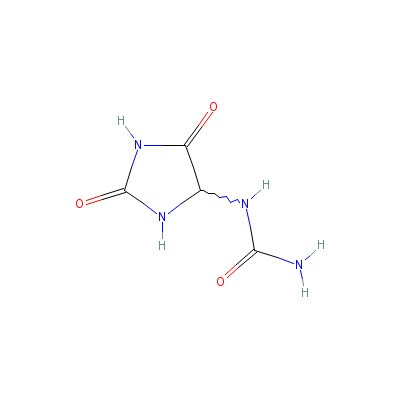
|
| alpha-Tocopherol |
364-50-1 |
2,5,7,8-tetramethyl-
2-(5,9,13-trimethylt
etradecyl)chroman-6-
ol |
C30H52O2 |
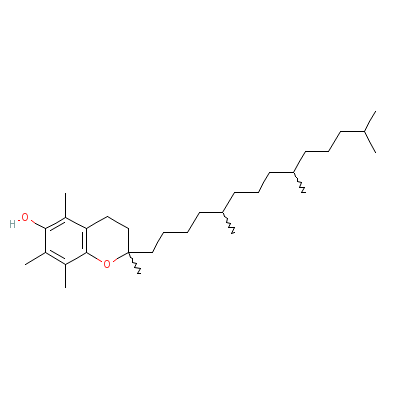
|
| Ascorbic acid |
Not Available |
2-(1,2-dihydroxyethy
l)-4,5-dihydroxy-fur
an-3-one |
C6H8O6 |

|
| beta-Carotene |
Not Available |
3,7,12,16-tetramethy
l-1,18-bis(2,6,6-tri
methyl-1-cyclohexeny
l)-octadec
a-1,3,5,
7,9,11,13,15,17-nona
ene |
C40H56 |

|
| beta-Sitosterol |
5779-62-4 |
17-(5-ethyl-6-methyl
-heptan-2-yl)-10,13-
dimethyl-2,3,4,7,8,9
,11,12,14,
15,16,17
-dodecahydro-1H-cycl
openta[a]phenanthren
-3-ol |
C29H50O |
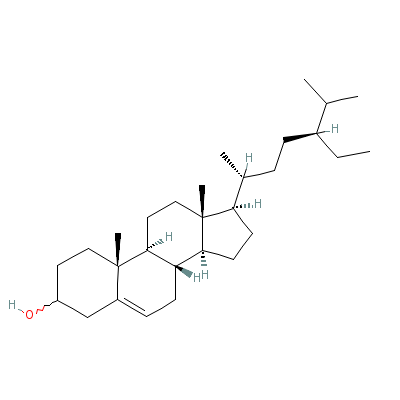
|
| Choline |
67-48-1 |
2-hydroxyethyl-trime
thyl-ammonium |
C5H14NO+ |
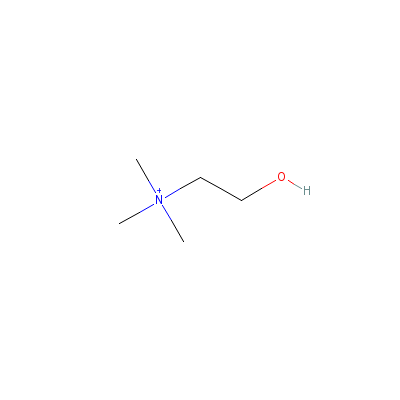
|
| Cysteine |
4371-52-2 |
2-amino-3-sulfanyl-p
ropanoic acid |
C3H7NO2S |
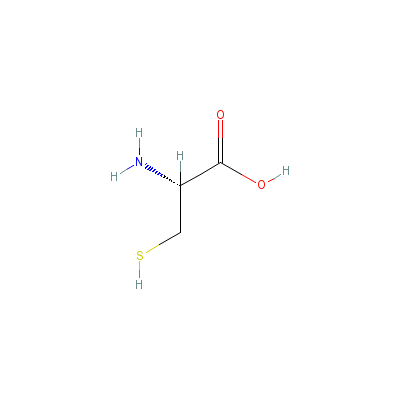
|
| Ferulic acid |
24276-84-4 |
3-(4-hydroxy-3-metho
xy-phenyl)prop-2-eno
ic acid |
C10H10O4 |
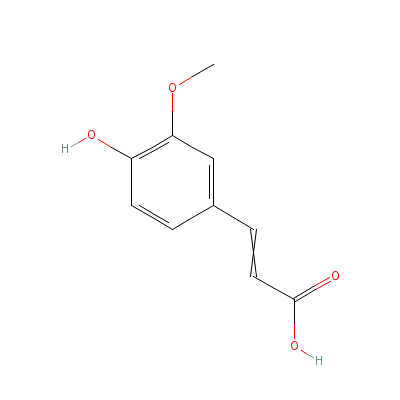
|
| Glutamic acid |
Not Available |
2-aminopentanedioic
acid |
C5H9NO4 |
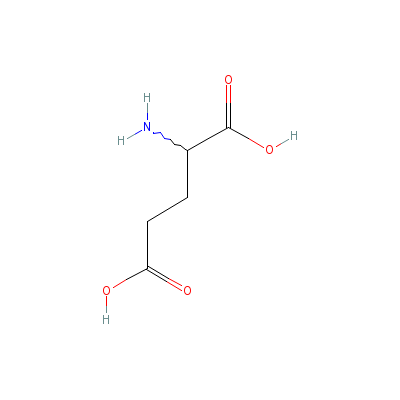
|
| Glycine |
87867-94-5 |
2-aminoacetic acid |
C2H5NO2 |
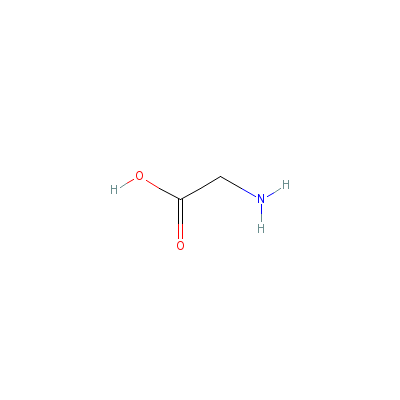
|
| Isoeugenol |
97-54-1 |
2-methoxy-4-prop-1-e
nyl-phenol |
C10H12O2 |
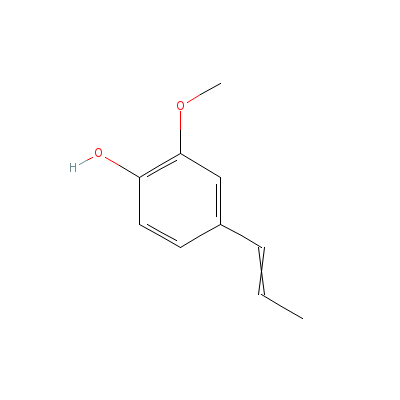
|
| Lecithin |
8057-53-2 |
Not Available |
Not Available |
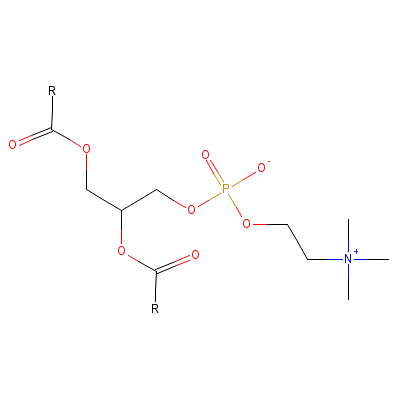
|
| Lutein |
34445-91-5 |
4-[18-(4-hydroxy-2,6
,6-trimethyl-1-cyclo
hexenyl)-3,7,12,16-t
etramethyl
-octadec
a-1,3,5,7,9,11,13,15
,17-nonaenyl]-3,5,5-
trimethyl-cyclohex-2
-e
n-1-ol |
C40H56O2 |
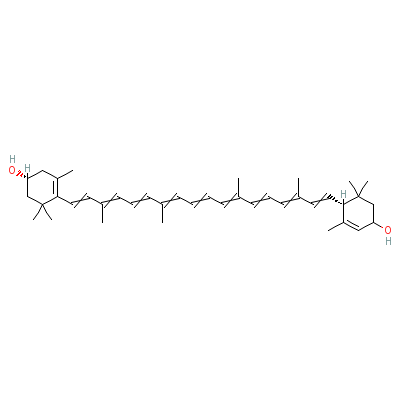
|
| Methionine |
348-67-4 |
2-amino-4-methylsulf
anyl-butanoic acid |
C5H11NO2S |
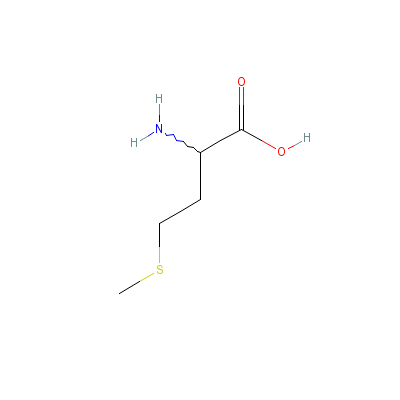
|
| Niacin |
99148-57-9 |
pyridine-3-carboxyli
c acid |
C6H5NO2 |
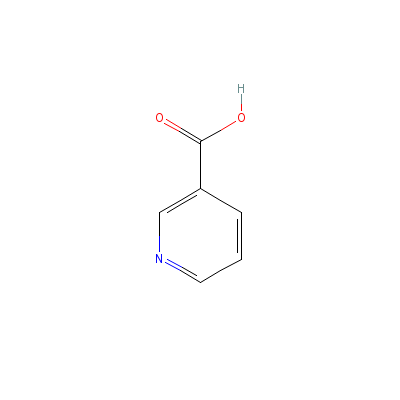
|
| Oleic acid |
8046-01-3 |
octadec-9-enoic acid |
C18H34O2 |
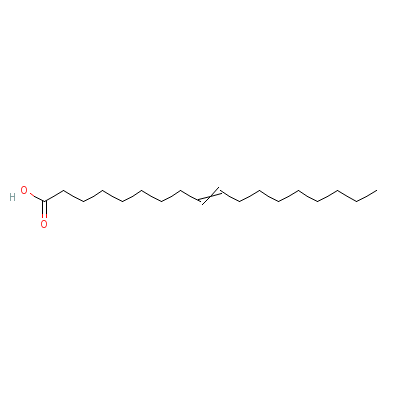
|
| P-aminobenzoic acid |
Not Available |
4-aminobenzoic acid |
C7H7NO2 |
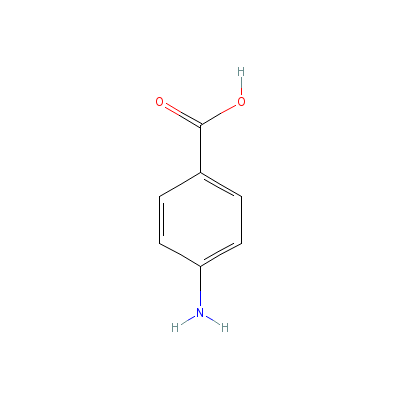
|
| P-coumaric acid |
501-98-4 |
3-(4-hydroxyphenyl)p
rop-2-enoic acid |
C9H8O3 |
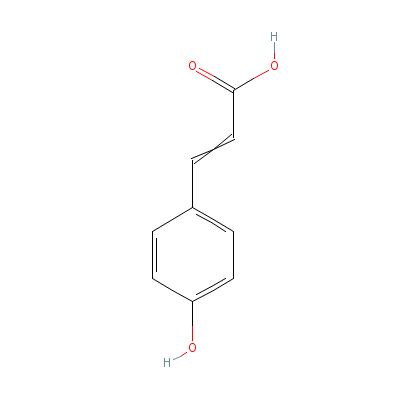
|
| Trigonelline |
6138-40-5 |
1-methylpyridine-5-c
arboxylate |
C7H7NO2 |
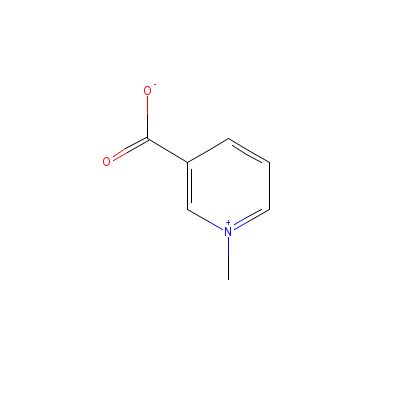
|
| Vanillic acid |
Not Available |
4-hydroxy-3-methoxy-
benzoic acid |
C8H8O4 |
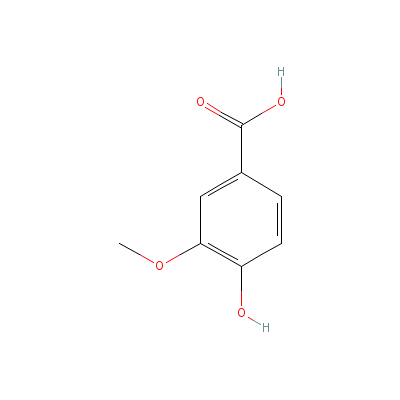
|
|
Pharmacology
| Medicinal Use |
 |
|
The chief consumption of rice is as a food substance, it forms a light and digestible food for those in whom there is any tendency to diarrhoea or dysentery, but it contains less potash and vegetable acids than potatoes. A decoction of rice, is demulcent, refrigerant drink in febrile and inflammatory diseases, and in dysuria and similar affections. It is also be used as an enema in affections of the bowels. A poultice of rice may be used as a substitute for one of linseed meal, and finely powdered rice flour may be used, like that of wheat flour, for erysipelas, burns, scalds, etc. Rice starch may be used medicinally and in other ways in place of wheat starch. |
| Reference |
 |
|
 Sharma PV. Classical Uses of Medicinal Plants. Sharma PV. Classical Uses of Medicinal Plants.
|
Dealers
Products
|
|